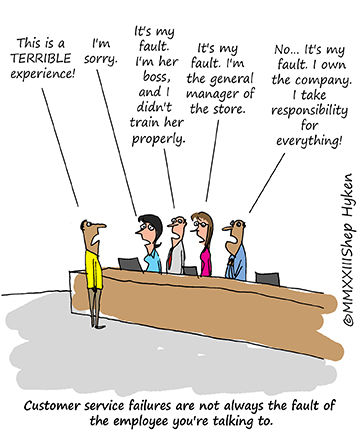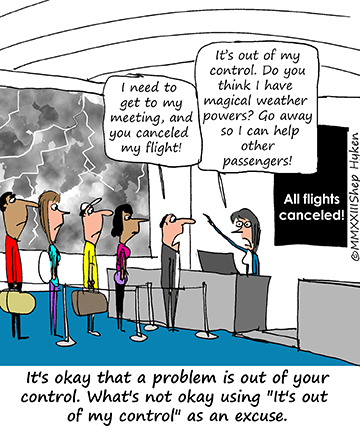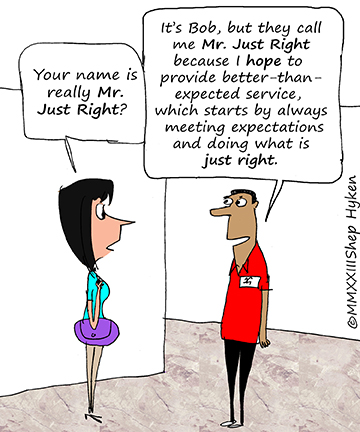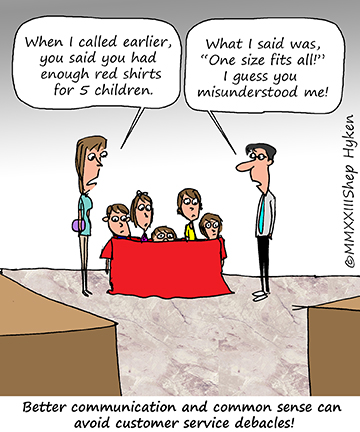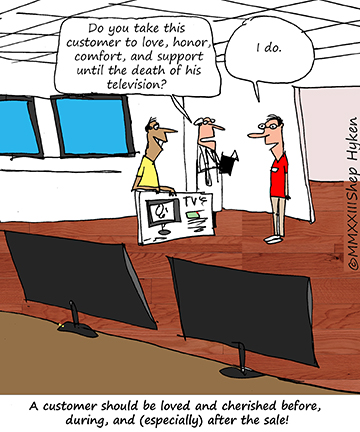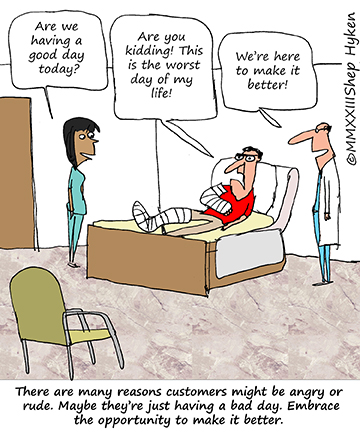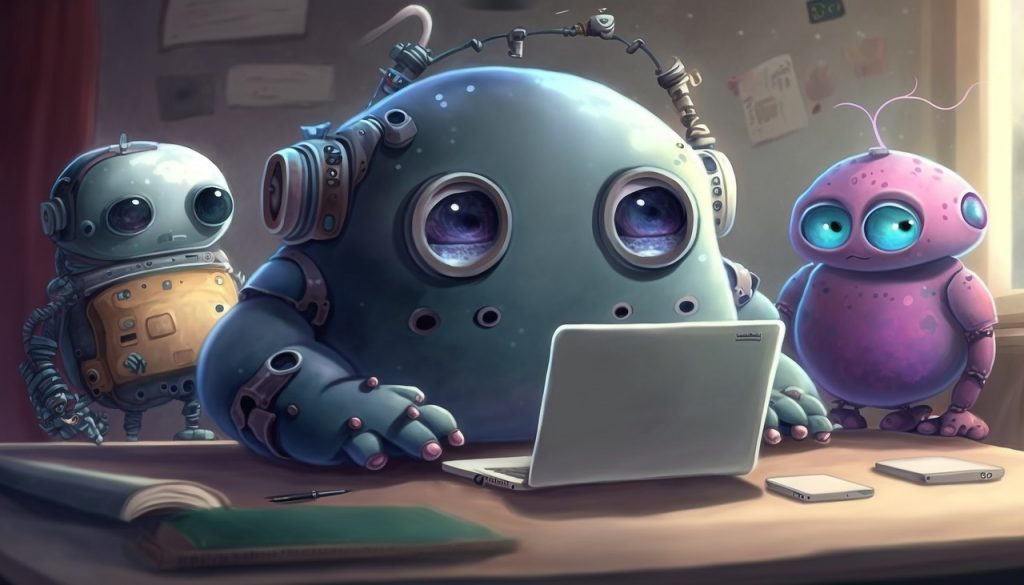
GUEST POST from Shep Hyken
You need help. You call customer support. Nobody’s home!
Actually, somebody is there. They just aren’t taking support calls. Someone at home—as in a corporate office—has decided to eliminate live, human-to-human customer support, pushing the customer to a digital option such as a chatbot, frequently asked questions page, etc.
My opinion is that this could happen in the distant future, but I can’t imagine that in the next few years there will be 100% digital and AI automated customer support. And here’s why. If all you are is an automated company, you have no way to emotionally connect with your customers. That means your customers have only one way to compare you to direct competition that sells exactly what you do, and that is price.
At that point, the only way to keep your customer is to always have the lowest price, and that is typically not a viable long-term strategy.
Recently I wrote about Frontier Airlines’ decision to drop traditional live phone support, and the reviews have not been good. That said, I give them credit for a bold move that may be just a little ahead of its time—and time will tell. Maybe the reactions are from initial shock. Perhaps there have been glitches that can be fixed for a smoother experience in the near future. We’ll know in six months. If the current reactions continue, at best, some changes will be made, provided the airline wants to stay in business.
I had a chance to interview Paulo Almeida, the CEO of Clientscape, on Amazing Business Radio. We talked about the possibility of AI and automation taking over the contact center. We briefly discussed Frontier Airlines, but more importantly, Almeida articulated the perfect answer to my question:
How do you feel about complete elimination of a human-to-human customer support department?
Almeida responded, “If you’re working in an industry that chooses to automate everything, you can potentially become a commodity. If that is what a company wants to do, the only difference from one company to the next will be what they charge. If that’s the only way a customer makes a decision, the company will go bankrupt!”
“It is not a sustainable financial model. It’s the human factor that makes the difference. It’s about giving the customer the care they deserve. That’s a way to differentiate. For example, Apple may make some of the best products, but they also have some of the best support. If their reputation for support goes away, they will no longer be perceived as having the best product. They will also lose pricing power. When that disappears, they could be on the path to failure. They will lose customers, and the cost to get them back will be extravagant.”
Almeida used a powerful word to summarize a decision to eliminate a human connection, and that word is bankrupt. I can buy into this for some companies, but there will always be exceptions.
People have said, “What about Amazon?!” Yes, Amazon is a digital company, and it has great digital customer support. However, if you need to talk to someone, you can. It’s a last resort, but when you do so, it’s typically a very pleasant experience. Amazon knows how far it can go with automation before it has to say, “It’s time to talk to one of our reps.”
Many products and services are becoming automated. To Almeida’s point, 100% automation is a mistake. Without a human-to-human relationship, how can you create an emotional connection? How can you differentiate yourself from other automated companies? You can’t. You’re a commodity.
More automation and AI technology are in our future. It shouldn’t surprise you that at some point in time planes will be flown by computers, not pilots. We’re already seeing self-driving trucks moving across the country. Companies like Tesla, Google and others are investing tens of billions into autonomous self-driving vehicles (even if they are still a long way from success). Amazon and Walmart are betting on alternative delivery methods that include drones and robots. And yes, some customer service functions are being handled by automation and artificial intelligence (AI).
We can’t fight progress. I love seeing products and services get better through automation. But I’m concerned about the companies and brands that are distancing themselves from their customers by not letting them connect with customer support people, who are also brand ambassadors for the company.
If the leadership of a company thinks the customer support agents’ only role is to fix a problem, then shame on them. Your agents can do much more. If they handle a call well, they can confirm that the customer made the right decision to do business with you and give them the confidence to do even more business. So, at least for now, don’t miss that opportunity. Don’t make the mistake of 100% elimination of live customer support.
Image Credit: Pixabay
This article originally appeared on Forbes.com
 Sign up here to join 17,000+ leaders getting Human-Centered Change & Innovation Weekly delivered to their inbox every week.
Sign up here to join 17,000+ leaders getting Human-Centered Change & Innovation Weekly delivered to their inbox every week.
 Drum roll please…
Drum roll please…![]() Sign up here to get Human-Centered Change & Innovation Weekly delivered to your inbox every week.
Sign up here to get Human-Centered Change & Innovation Weekly delivered to your inbox every week.


